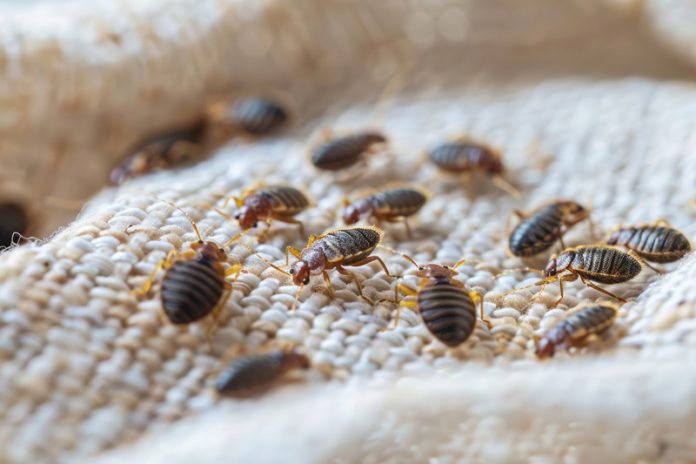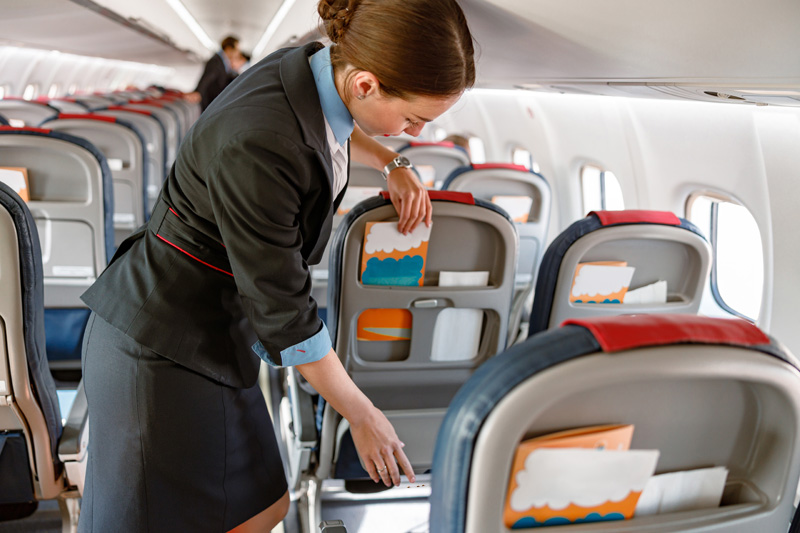
Bedbugs are spreading globally, causing discomfort and emotionally distress. Learn how to protect yourself and combat this growing threat.
Imagine sinking into bed after a long day, only to awaken to bloodstains on your sheets and itchy bites on your skin. For Alvaro Gutierrez and Ramiro Sanchez, this nightmare became reality at The Shores Inn in Ventura County, California.
What started as physical discomfort quickly turned into emotional distress, leading to a $2 million jury award in May 2025.
Now, picture boarding a flight, only to spot bedbugs crawling on your seat—or worse, falling from the cabin ceiling. This unsettling experience became a reality for Patience Titcombe and Matthew Myers on separate Turkish Airlines flights.
Likewise, a dream cruise aboard Royal Caribbean’s Navigator of the Seas turned into a nightmare of bedbug bites while sailing along the Mexican coast.
Once confined to budget accommodations, bedbugs now infest luxury hotels, airlines, and cruise ships alike. Whether you’re flying first-class or staying in a budget hotel, these pests hitch a ride in your luggage, clothing, or personal items—spreading their territory with every new journey.
The Return of Bedbugs: Where They Hide
Bedbugs have shared our world since the dawn of humanity, lurking in the shadows as we left our caves. The most common species are Cimex lectularius, and C. hemipterus. Pesticides nearly wiped out these resilient pests in the mid-20th century, but they are now making a fierce comeback. Global travel, urban sprawl, and a warming climate drive their resurgence.
Surprisingly resilient, bedbugs can survive without feeding for up to 100 days. Mattress seams, box springs, cushions, and the hidden spaces behind wallpaper provide perfect hiding spots.
Crevices along baseboards and joints in old furniture offer dark corners for nesting. Airplane seat seams, tray tables, armrests, pillows, blankets, and overhead bins also serve as hot spots.

Why Hotels, Flights, and Cruises Are Vulnerable to Bedbugs
Though bedbug infestation on airplanes and cruise ships is rare, their high passenger turnover and abundant luggage storage spaces create perfect breeding conditions.
In 2023, Paris became ground zero for a bedbug storm. The outbreak spread rapidly from hotels to cinemas and public transport, just ahead of the 2024 Olympics.
The sudden surge of bedbugs reminded us that no destination, no matter how pristine or luxurious, is immune to these crafty hitchhikers.
“We take all reports seriously and promptly inspect affected aircraft,” said Yahya Üstün, a spokesperson for Turkish Airlines. “We collaborate with manufacturers to improve pest control and ensure passenger comfort and safety.”
Cruise ships, too, with their constant flow of passengers and extended voyages, face bedbug risks. To combat this, Carnival Cruise Lines takes proactive measures, noting that stateroom attendants inspect cabins weekly for any signs of infestation. If found, staff treat affected rooms and re-inspect the space to ensure complete eradication.
Understanding the Risks
Many travellers remain unaware of the risks that bedbugs pose. “They don’t discriminate,” says entomologist Dr. Jim Fredericks on 13 On Your Side.
“Our recent survey found that over two-thirds of Americans aren’t looking for them when staying in places. That same number doesn’t even know what to look for.”
While bedbugs don’t transmit diseases, their bites can cause itchy welts, allergic reactions, and the inconvenience of unknowingly bringing them home.
Fredericks suggests staying calm if you encounter bedbugs: “Alert hotel management right away and ask to be moved to a different room.”
Combating Bedbugs: From Ancient Remedies to Modern Solutions
Throughout history, people have tried everything from burning ox dung to using turpentine to combat bedbugs. Today, essential oils like tea tree, peppermint, and lavender offer temporary protection, but do not eliminate infestations.
“Professional heat treatment by an exterminator is the surest way to kill bedbugs,” Dr. Zachary DeVries, Assistant Professor of Urban Entomology at the University of Kentucky told Consumer Reports.
Heat treatments, which reach temperatures above 120°F, are more effective than most over-the-counter chemicals, as they also destroy eggs.
For images on bedbugs, infestation, monitoring, symptoms and treatment, click here..

Bedbug Prevention Tips for Travellers
Avoiding bedbugs is simple with a few smart precautions:
- Inspect Your Room Thoroughly: Before unpacking, use your phone’s camera and flashlight to check the bed and nearby areas for blood stains, dark spots, or shed exoskeletons. If you spot anything, ask for a different room.
- Keep Luggage Off the Bed and Floor: Bedbugs can’t fly or jump. While you inspect the room, store your bags on a luggage rack, or in the bathtub as bedbugs struggle to crawl on smooth, slick surfaces like tile and glass.
- Use Luggage Protectors: Zippered luggage covers or hard-shell bags provide an extra barrier.
- Wash Clothes After Travel: Upon returning home, unpack directly into the washing machine. Wash and dry everything in high heat suitable for the fabric and —even those you didn’t wear.
- Luggage Cleaning and Storage: Steam and vacuum your luggage, then store it in a garage or basement to prevent hitchhiking bedbugs.
Moving Forward with Confidence
While bedbugs may be on the rise, they don’t have to spoil your adventures. With awareness, preparation, and vigilance, you can continue to explore the world with confidence and peace of mind.
The travel industry is also stepping up to the challenge. Hotels, airlines, and cruise lines are investing in cutting-edge pest control technologies.
Hilton Garden Inn Wallingford, for example, has harnessed the power of computer vision, biological science, and cloud technology to detect bedbugs early and prevent costly infestations before they spread.
Thanks to these innovations, along with a little caution on your part, you can travel confidently—knowing you’re protected from the worst of these unwanted hitchhikers.







































